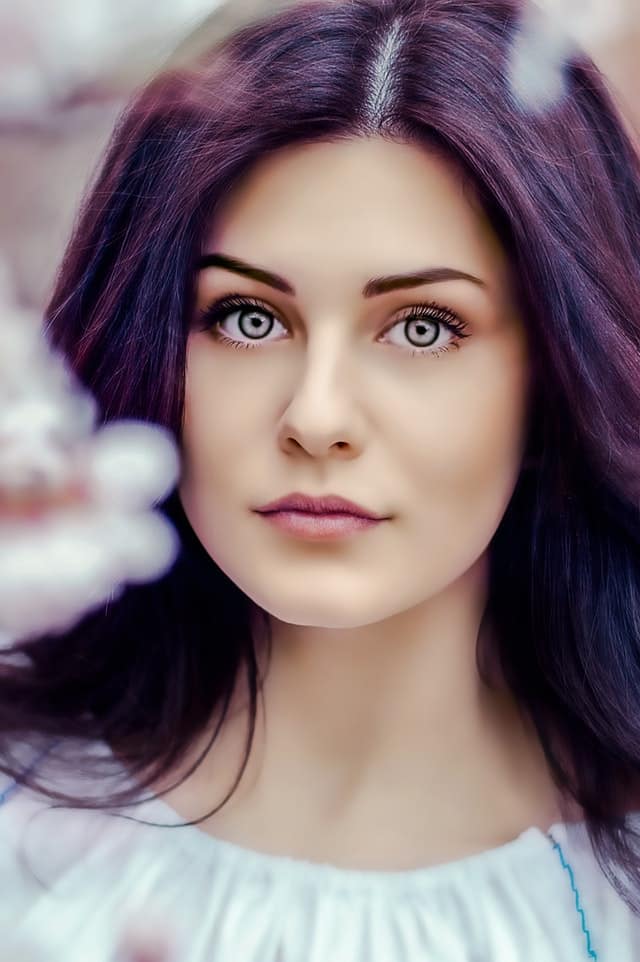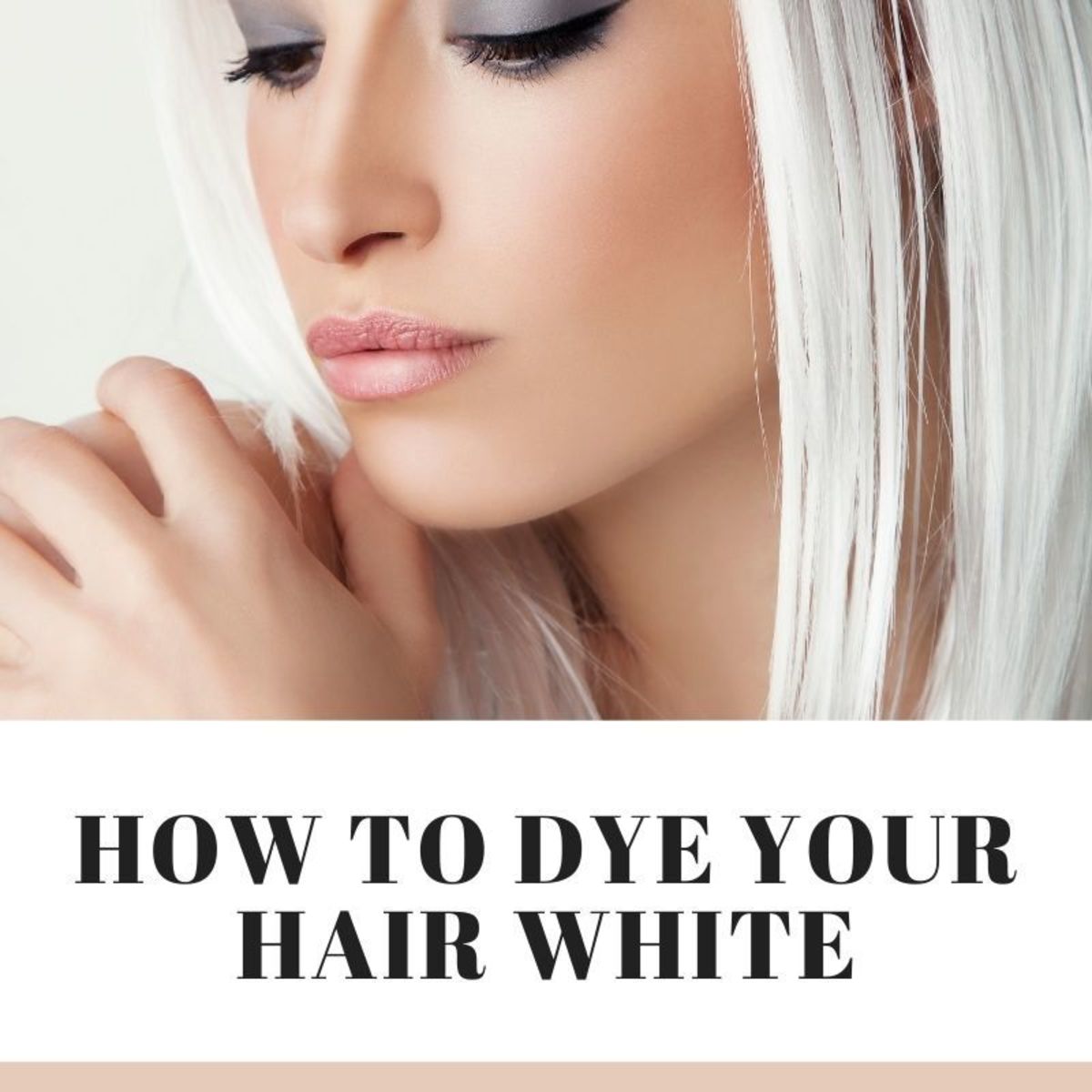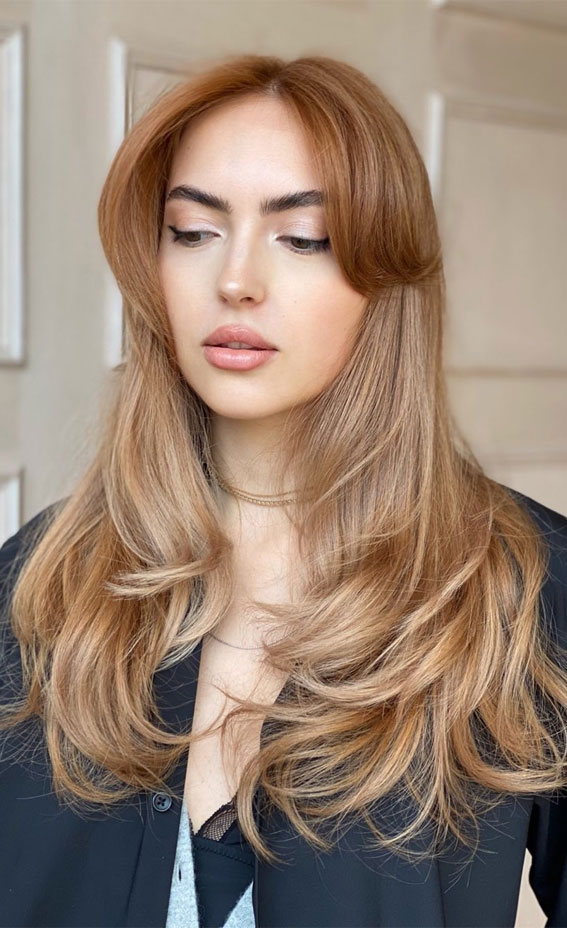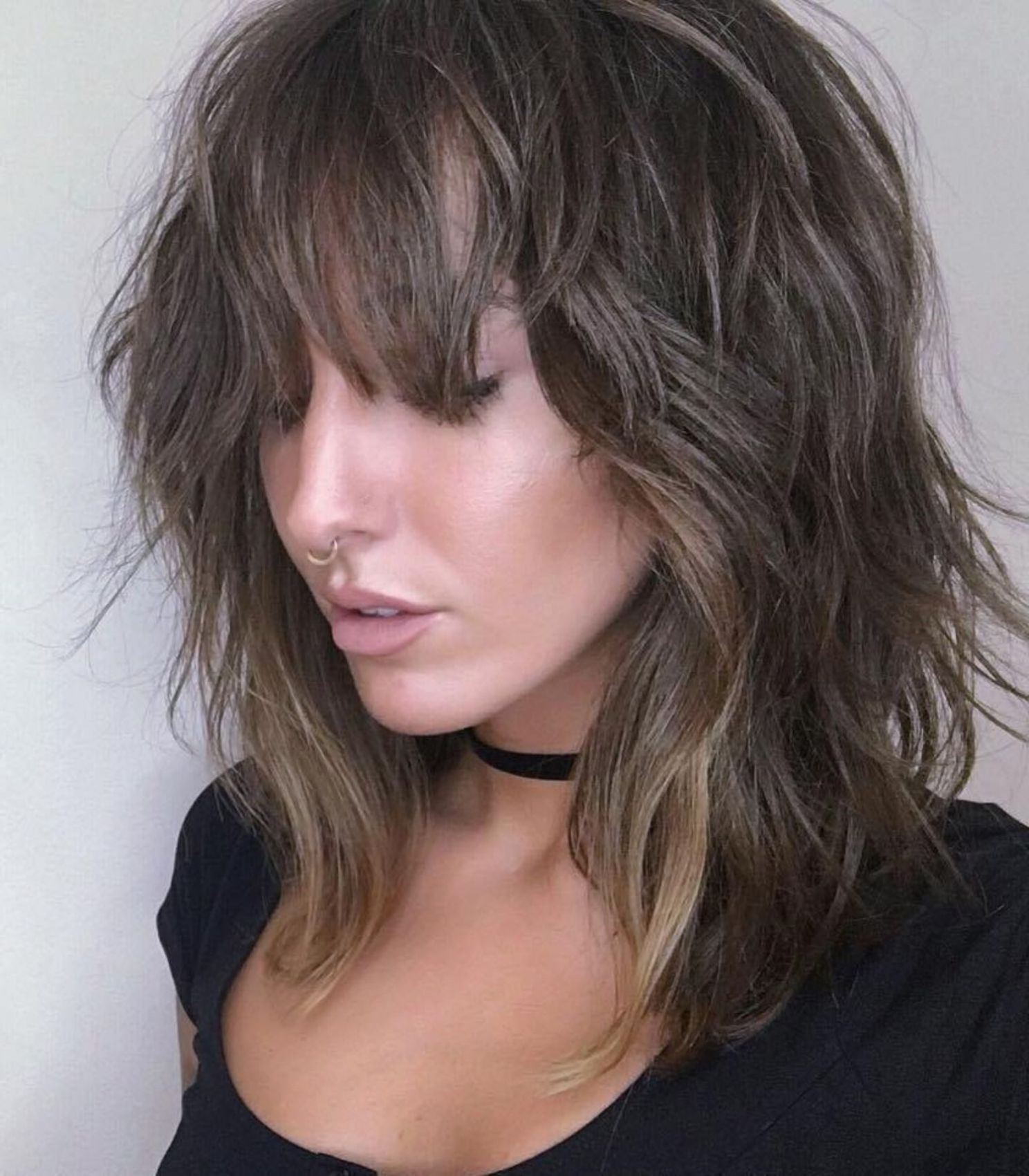Table Of Content

Using color-safe products is essential for protecting hair and achieving lasting dye results. The porosity of hair determines the time needed to apply dyes, while the frequency of bleaching should be monitored. Talk to your stylist about your unique #HairGoals to find out a sched that works for you.
NUTRISSE ULTRA COLOR
The developer assists the hair dye in penetrating the hair’s cuticle and depositing color effectively. Using permanent dye and developer together, you can achieve a vibrant and lasting color that effectively covers gray hair. Demi-permanent dye offers a duration of color that can last up to approximately 20 washes. It is categorized as a low-level peroxide dye and is typically recommended to be reapplied every six to eight weeks. This waiting period allows your hair to recover and gives the color pigments a chance to fade naturally, ensuring a more accurate assessment of your hair’s current shade. Doing so will also lower potential damage from excessive chemical processing.
Demi-permanent hair dye
As a result, you may find yourself requiring more frequent dye applications to maintain a consistent color. This means you should limit how often you dye your hair to avoid issues like hair loss or baldness. The color typically lasts for 20 to 28 washes, making it a good option for those who want something more permanent without the damage. In this article, we’ll take a closer look at what these are, and discuss expert-approved tips for keeping your hair strong and healthy at every stage.
Love Beauty and Planet Blooming Color Murumuru Butter & Rose 2-Minute Magic Masque
But if the change you want to make is simple and you’re interested in DIY dyeing, picking the right coloring kit is key. Developed by French hair colorists, balayage, a highlighting technique, has been around since the 1970s but has recently really taken off in popularity. Balayage looks natural as it grows in (meaning fewer touch-ups!). Overall, it’s a great option for those with brown hair who want to brighten up their look. To extend time between applications, use color-safe shampoo and conditioner to lock in semi-permanent color. With each reapplication, you can refresh your shade or experiment with fun new hues.
Avoid Hot Styling Tools
And, after you have done a hair treatment to ensure that your hair is still in good condition. We are saying that it is safe to dye your hair after 4 weeks, but this is in cases where women’s hair is growing really fast. You need to make sure that you wait at least four to six weeks before you are coloring your hair again.
Winter Woes: The Best Dry Scalp Remedies
The extent of the change in color you’re making will probably affect how often you’ll be dyeing your hair. If you hold a ruler up to your roots in front of the mirror, you’ll be able to see a noticeable amount of uncolored roots showing after four weeks. Variety is the spice of life, and sometimes that variety comes in shades of reds, browns, blondes, and even pinks and blues. A change in hair color is an easy way to revamp your whole look and maybe even tap into some alter egos. Between DIY home coloring kits and salon treatments, dyeing our hair is so easy that it’s no surprise that more than half of us color our hair on the regular. To achieve the desired results, the permanent dye should be used with a developer product.
Hair Dye At Home Tips - BuzzFeed
Hair Dye At Home Tips.
Posted: Tue, 21 Jul 2020 07:00:00 GMT [source]
How Long to Wait Before Coloring Hair Again Full Guide of 2024

More shades than that, and you have to use bleach or permanent dyes with peroxide. Those are harsher on your strands than temporary or demi-permanent options. Demi-permanent dye deposits color, and it cannot lift hair color, Spearmen explains. But the peroxide is what allows it to penetrate your hair shaft, in contrast to semi-permanent dye, which essentially “sits” on top your cuticle. This is because semi-permanent dyes don’t contain any peroxide (unlike demi-permanent and permanent dyes).
If you need some help there, hop over to our hair quiz for color-protective formulations custom-made to your unique ‘do. More porous hair may quickly absorb the new color, but unfortunately, it also translates to damaged hair. After all, highly porous hair easily loses its moisture, resulting in dryness, frizz, dullness, brittleness, and quicker color-fading. Usually a Halloween-centric option, color sprays come from a can.
Avoiding over-dying your hair will prevent the most significant damage to your hair. A simple tonal change, on the other hand, can be done every couple of weeks. Because of this, you should avoid recoloring your hair too frequently. Thankfully, if you need to make some minor changes, much safer and gentler options are available.
Good Dye Young Hair Dye in Kowabunga and Stoned Pony — Review and Photos - Allure
Good Dye Young Hair Dye in Kowabunga and Stoned Pony — Review and Photos.
Posted: Sun, 20 Dec 2020 08:00:00 GMT [source]
And remember to use high quality hair care products specifically for color-treated hair. All Davines products for colored hair are free of harmful toxins and use natural ingredients made with renewable energy. Our hair care isn’t just good for your hair, it’s good for the planet. Again, how often you dye your hair will depend on how far your desired color is from your natural hair and whether you want to cover grays. If you prefer your color to start right at the root, a good rule of thumb is to get it touched up every six to eight weeks.
That being said, to avoid bleach damaged hair, keep those dye jobs to a minimum for the sake of your hair’s health. Temporary and semi-permanent hair dye vary significantly in how long they last. Depending on the brand and type of color selected, you can expect your color to last for just one shampoo or for many. It also depends on the type of treatment you use in between dye jobs. Using a good color treatment can help your permanent dye continue to look healthy and lustrous for many months, even as your hair grows. This, obviously, will be affected by not only your hair type but also how often you wash your hair.

If you should be washing your hair only three times a week, what do you do if your hair gets greasy on the off days? You get yourself a good dry shampoo and see our previous post for more tips on how to use dry shampoo. A color gloss treatment keeps your locks looking shiny and vibrant between dyes by adding an extra layer of protection for longer-lasting results. Natural dyes like henna or indigo offer a gentler approach to coloring but may require more effort for results.
But the short answer is about every 4 to 8 weeks to touch up the roots from an overall hair coloring job. But if you have had just highlights, lowlights, or balayage coloring, you can recolor as the shades grow out from your hair. However, it is important to examine all the factors involved in coloring your hair to keep in its best possible shape. Heat alternatives such as air-drying and heat protectants help minimize damage from styling tools on already colored hair. While the general rule is to wait 4 to 6 weeks between hair colorings, this figure can vary widely based on your unique hair type, the type of dye, and your desired look. As we’ve repeatedly stressed, coloring can be pretty intense on your strands, particularly the cuticles.
Just keep in mind lighter semi-permanent colors tend to fade faster on porous hair. If you spray heat protectant, you’ll shield your dyed hair from damage. Examples include Olaplex’s No.6 Bond Smoother, which repairs bonds broken by coloring.













